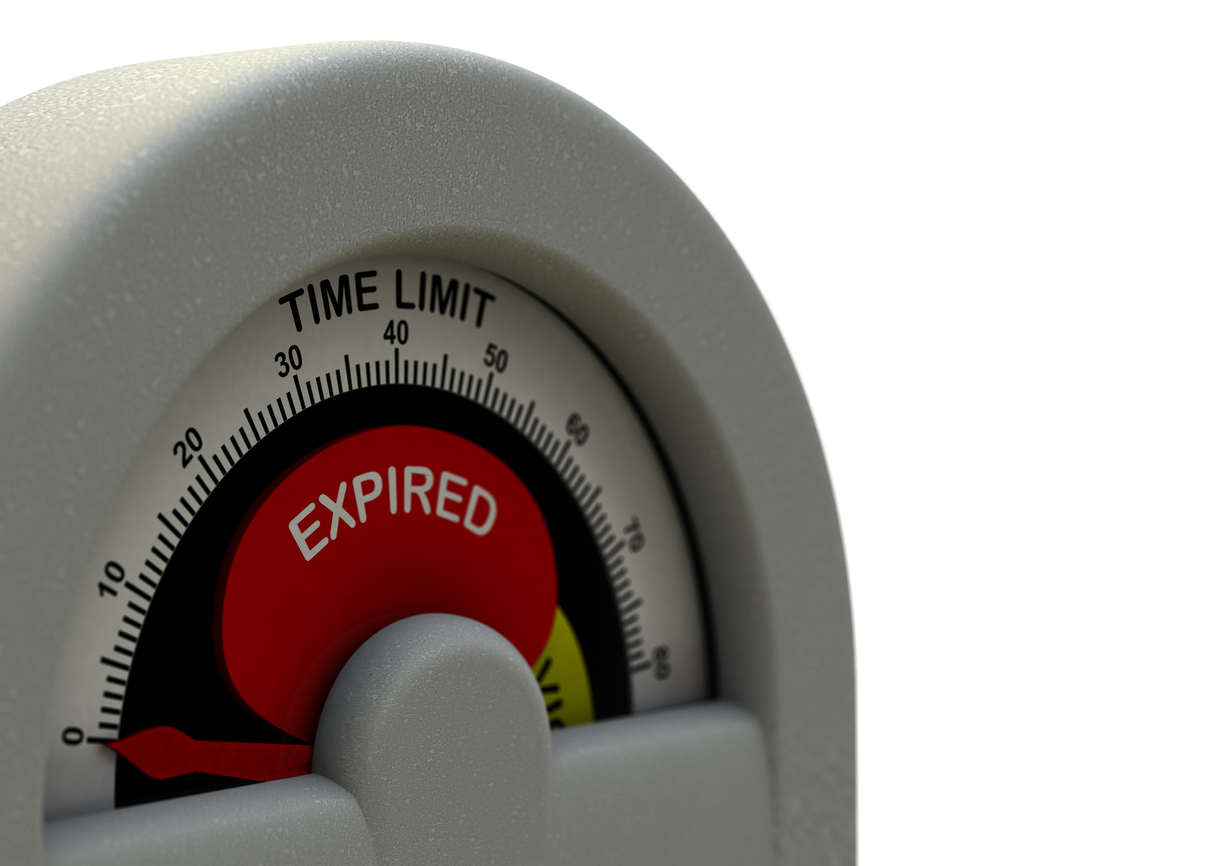In general, business income loss coverage is triggered by the occurrence of a covered peril that causes physical loss or damage and results in a slow down or a total cessation of operations. As such, understanding first party property coverage is the cornerstone of understanding business interruption claims. Coverage analysis varies from state to state and practitioners must constantly follow the subject to remain competent in this field.
In Virginia, a baby formula manufacturer lost millions of dollars after a defective valve failed and polluted gallons of formula. In PBM Nutritionals, LLC v. Lexington Ins. Co., 724 S.E.2d 707 (Va. April 20, 2012), the Supreme Court of Virginia reviewed and affirmed a trial court’s decision to deny business income recovery for the manufacturer’s loss.
The opinion recites the facts as follows:
PBM manufactures and produces infant formula at a facility located in Burlington, Vermont. PBM manufactures its infant formula by mixing dry ingredients with hot, filtered water. To heat the water, PBM uses a heat exchanger, a vessel in which steam heats water flowing through tubes. A butterfly valve regulates the steam by opening or closing to allow more or less steam into the heat exchanger. Once heated, the water is released from the heat exchanger and passes through water filters, to ensure its cleanliness before it enters the liquefying tank where it mixes the dry ingredients. Industrial dryers then dry the created mixture into finished infant formula.
On December 14, 2008, PBM conducted a routine cleaning and discovered a defect in the butterfly valve. The defect allowed steam to leak into the steam tube when the valve was in the closed position. PBM ordered a replacement valve, but it did not arrive until late January 2009. Until January 20, 2009, PBM continued to manufacture infant formula and conduct routine cleanings. PBM’s testing revealed no problems with the infant formula produced during this period.
Between January 20 and January 22, 2009, PBM conducted an extensive cleaning of the system in preparation for the manufacture of its Profylac brand infant formula. PBM can complete a routine cleaning in 4 to 6 hours, but a Profylac cleaning takes between 42 and 46 hours. During this Profylac cleaning, water was sealed inside the heat exchanger water tube and in the filter housing. Because the butterfly valve was leaking, steam seeped into the heat exchanger and superheated the water in the water tube and the filter housing. Unable to withstand the superheated water, the water filters disintegrated into their constituent components of cellulose, melamine and other filter materials, which infiltrated the water.
The property and business income commercial policies in question provided coverage for any “loss or occurrence not otherwise excluded.” The failure of the valve and ensuing damage to the formula should have been otherwise covered, but the Court reviewed the “pollution exclusion” endorsements and explained “exception to an exclusion does not create coverage where none exists, but rather, the exception remains subject to and limited by all other related exclusions contained in the policy.”
The Lexington policy contained a pollution exclusion endorsement of the “all risk” type that read:
Pollution, Contamination, Debris Removal Exclusion Endorsement:
This policy does not cover loss or damage caused by, resulting from, contributed to or made worse by actual, alleged or threatened release, discharge, escape or dispersal of CONTAMINANTS or POLLUTANTS, all whether direct or indirect, proximate or remote or in whole or in part caused by, contributed to or aggravated by any physical damage insured by this policy.
….
CONTAMINANTS or POLLUTANTS means any solid, liquid, gaseous or thermal irritant or contaminant, including smoke, vapor, soot, fumes, acids, alkalis, chemicals and waste, which after its release can cause or threaten damage to human health or human welfare or causes or threatens damage, deterioration, loss of value, marketability or loss of use to property insured hereunder, including, but not limited to, bacteria, virus, or hazardous substances
The Court stated:
Similar to the ACE and Arch policies, the Lexington pollution exclusion endorsement states that it “shall not apply when loss or damage is directly caused by fire, lightning, aircraft impact, explosion, riot, civil commotion, smoke, vehicle impact, windstorm, hail, vandalism, malicious mischief” or “leakage or accidental discharge from automatic fire protective systems.
The question of whether a loss was caused by contamination or pollution is a question of fact. Similar burden-shifting causation controversies could have been presented to a jury, which drove the formula manufacturer to argue on appeal that the trial court erred in denying coverage because the Insurers did not meet their burden of proving the causation exclusion.
The Virginia Supreme Court reviewed the record and disagreed with the formula manufacturer, stating that:
The parties stipulated that the “[e]levated levels of melamine detected in infant formula batches made between January 22, 2009 and January 30, 2009 are evidence of the disintegration of the water filters and the infiltration of melamine and other filter materials into the infant formula.” PBM’s Executive Vice–President Scott F. Jamison testified that all batches manufactured during this period had no salvage value, were unfit for human consumption, and were unmarketable as a result of the infiltration. As a result, the evidence established that the formula was “contaminated” as defined in the policies because disintegrated filter components caused a loss of value or marketability of the formula.
In plain words, the Court ruled that as a matter of property insurance coverage law, there will be no recovery for loss of income if the cause of the loss is otherwise excluded. Since the formula manufacturer conceded that the contaminated formula caused the damage (loss of value and income loss), the case was correctly summarily adjudged in favor of the insurers. It is important to note that although the formula manufacturer lost its case against its property and business income carriers, the formula manufacturer had a contamination policy in place and the contamination carrier settled that claim for $2million.


